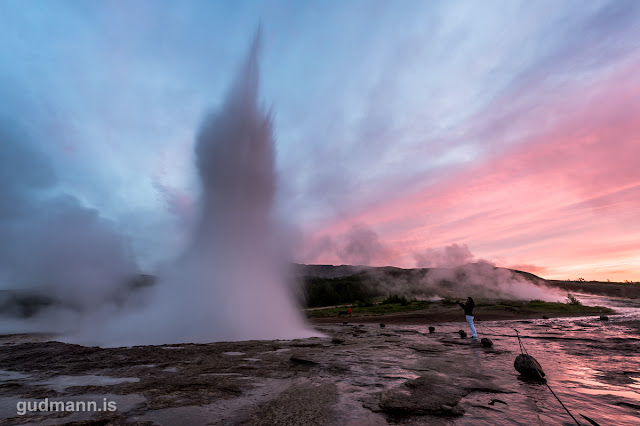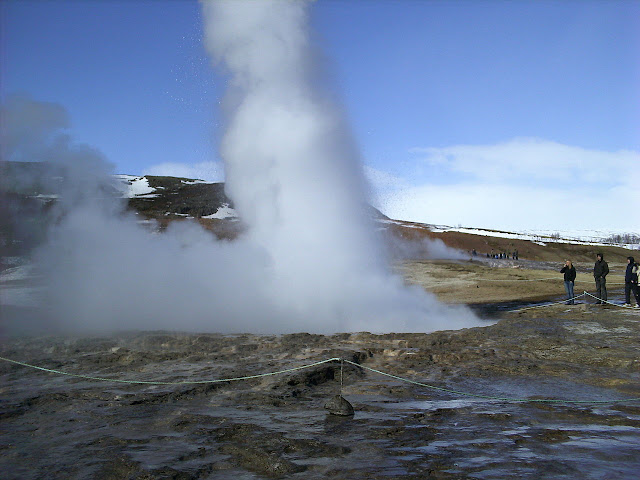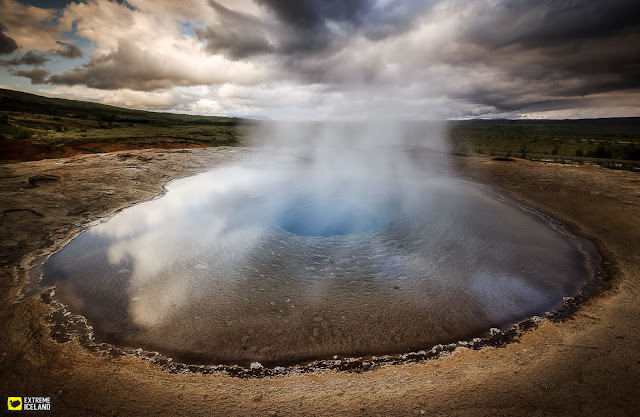Aoshima island, is famous as “Cat Island”, actually a small
island, where there are expressively more feline residents than people and
inhabited by 15 people and hundreds of cats. Aoshima is incorporated into Ozu
City, Ehime Prefecture, is a small, unpretentious island in the Seto Inland Sea
of Japan. However, the 0.5 km²island does have one unique claim to fame–it’s
known as a paradise for cats and cat lovers. However, island does have one
unique claim to fame–it’s known as a paradise for cats and cat lovers. The
island wasn’t always so deserted, nor was it recognized as being a “cat
paradise.” Cat Island is home to over 100 cats of all different breeds, which
can be found lounging around and acting generally lazy in true feline fashion.
That’s pretty impressive, considering the island itself has
only 17 permanent human residents, who range in age from their 50s-80s and
either make their living through fishing or receive a pension. One nurse is
stationed full-time on the island, but residents must board a ferry to Nagahama
Port (near JR Iyonagahama Station) in Ozu City to do all of their shopping. The
tourist’s likes to play with cats, petting and taking photos. It is impossible
to see so many cats in one place, different breed’s just fickle nature of cats.
The Residents of Hyogo Prefecture first migrated to Aoshima about 400 years ago
to fish the huge numbers of sardines in the surrounding waters. The cats were primarily
introduced to the island to prevent mice from chewing through fishing nets.
The island experienced a peak population of 798 in 1955, but
the number of people dwindled just as the population of cats multiplied. Aoshima
has experienced an unprecedented influx of tourists, leaving the local residents
baffled and unprepared to deal with the flood of people streaming. The sleepy
island wasn’t always so deserted, experienced a peak population of 798 in 1955,
but the number of people dwindled just as the population of cats multiplied. Few
Communities are trying to boost the local economy drawing fine line between
promoting exchange with people from other prefectures and keeping their
original quite lifestyle. So far, the island is not presently equipped to
handle more than a handful of people in this modern age–there are no
restaurants, no hotels, no cars, almost no bikes, and not even a single vending
machine to be found! Furthermore, because the island is so small, many tourists
inadvertently end up wandering onto the residents’ private properties.




























































